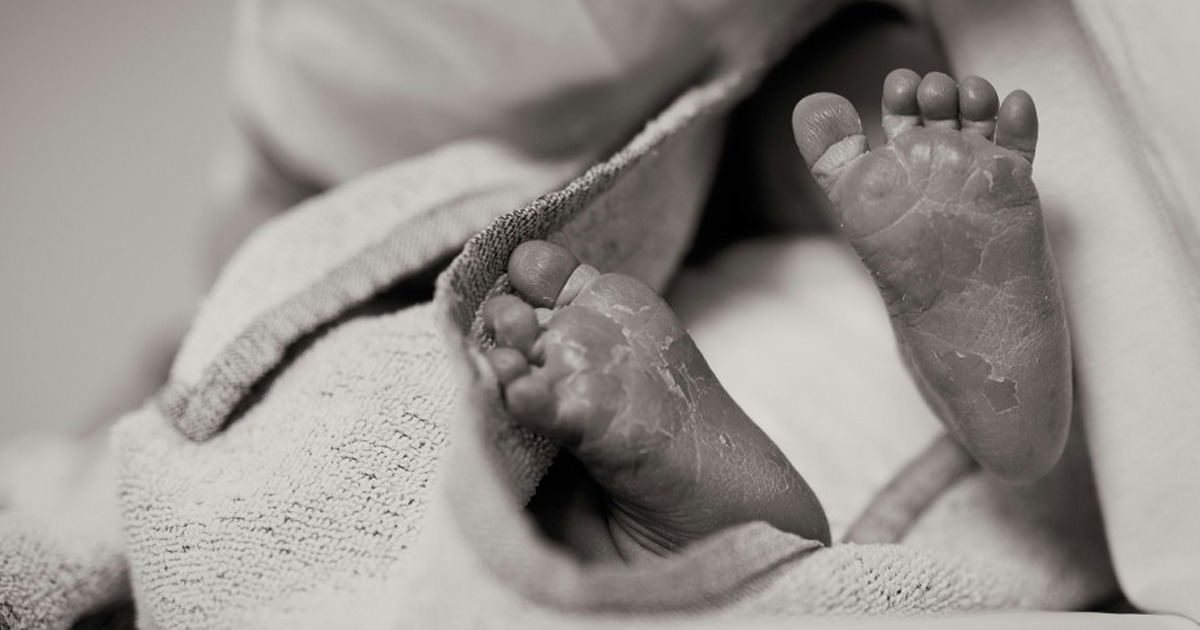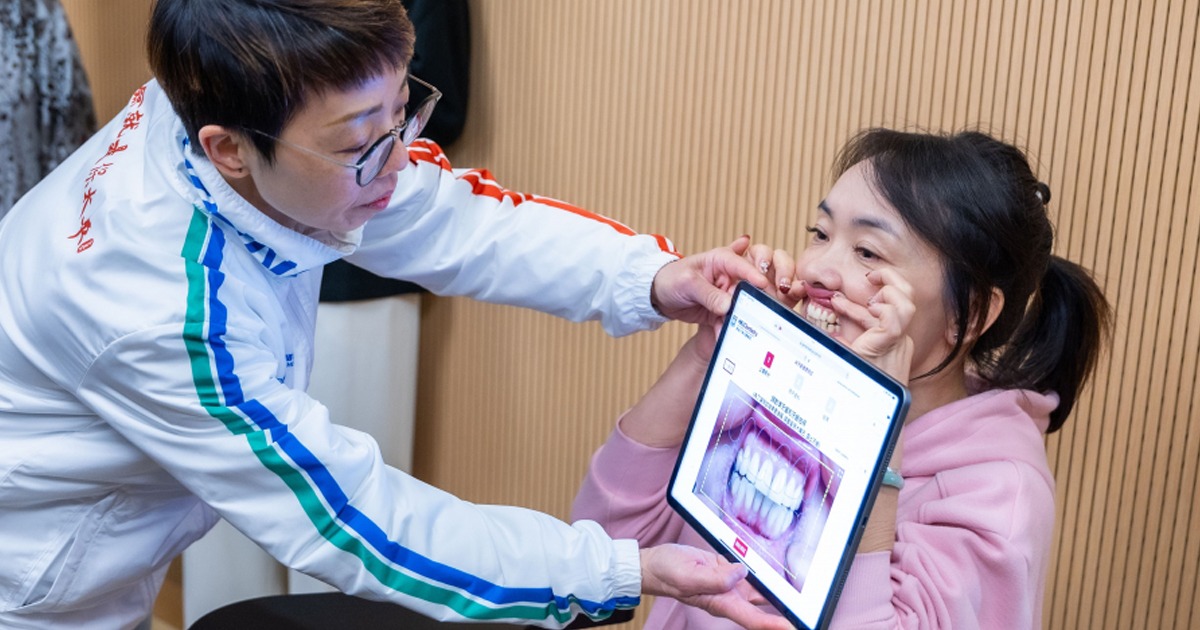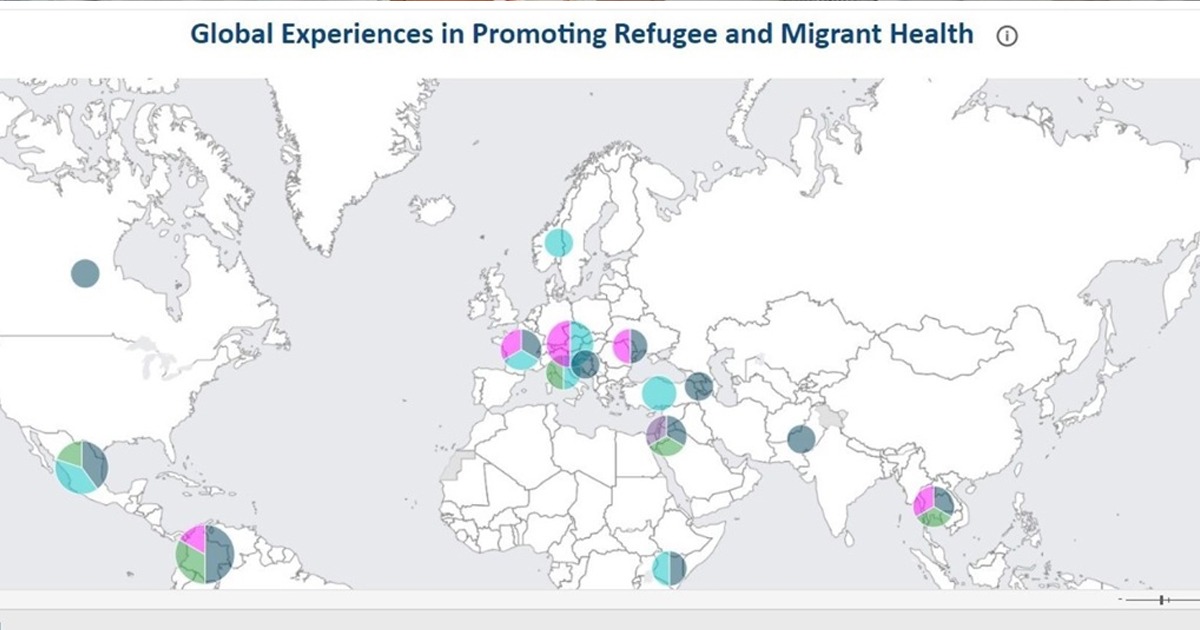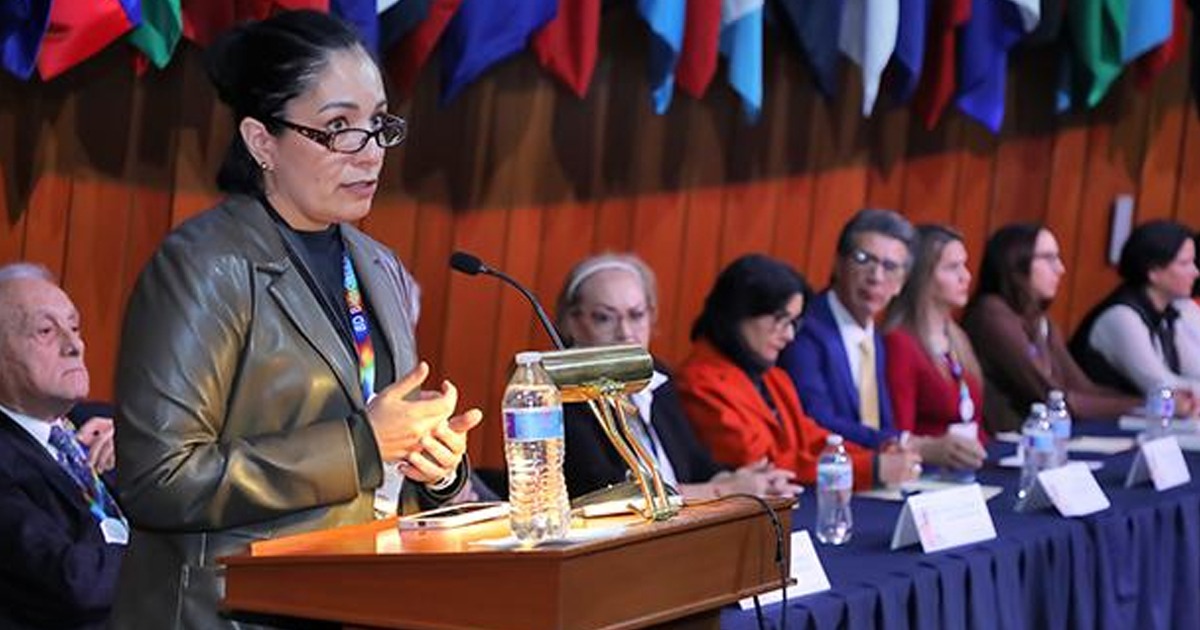In response to COVID-19 contagions, from the beginning of the health emergency the Government of the province of Buenos Aires implemented the Central Telemedicine Centers (CeTeC)
CeTeCs are support centers set up by the province's Ministry of Health for the early detection of infections with the new coronavirus (SARS-CoV-2). From April to the first week of September, they have enabled 15 CeTeC units mainly in universities throughout the province, such as in Avellaneda, Almirante Brown, Zamora or Mar del Plata in the Sanitary Regions V, VI, VII, and XI.
In April, the first CeTeC was opened, and until 9 September more than 30,000 contacts have been made over the phone for monitoring possible cases and finding possible infections. This first center was enabled in a hall of the facilities of the Ministry of Health in the city of La Plata and has about 160 volunteers.
CeTeCs involve volunteers from several university careers, such as nursing, psychology, medicine, social work, among others, who conduct a remote consultation with patients with possible COVID-19 infection, record symptoms and information about chronic diseases to determine if they are part of a risk group.

They are also explained isolation measures to prevent the spread of the virus and provide them with telephone accompaniment during their isolation period. Subsequently, professionals communicate to patients they comply with symptomatology to undergo a test and give them the corresponding indications. On the other hand, if you are a high-risk patient, medical care and calling an ambulance is suggested.
In addition, they perform a contact trace to determine those who were in close contact with positive cases of COVID-19. Subsequently, when identified, they perform telephone monitoring for 14 days, to detect possible positive cases and cut the contagion chain.
According to data from Télam (The National News Agency of Argentina), 25% of the cases confirmed daily in the province of Buenos Aires, were detected through a virtual consultation with a professional of La Plata’s CeTeC or some other headquarters in the different Health Regions. The Province of Buenos Aires accounts for almost 40% of Argentina's total population, so it was important to act effectively for the timely detection of contagions and to prevent mass spreads in different cities.
One of the last open centers was the National University of Mar del Plata (Unmdp), and its Higher School of Medicine. In this headquarters there are more than 120 volunteers from various races. This headquarters has the capacity to make 400 calls a day. The last of the centers, number 15, was located at the Lomas de Zamora National University (UNLdZ) where students also participate, which favors their professional development.
On the other hand, in Morón, they combined two computer plants for the creation of a single map of the situation of COVID-19 in that party, the CeTeC and the Municipal Center for Operations and Monitoring, where the centralized control panel operates. This unit was enabled at the Dr. Jorge Salinas Primary Health Care Center in Castelar and 60 operators work.
This is how the response to containing COVID-19 contagions in the province of Buenos Aires involved provincial government, municipal governments and universities especially volunteers and students.
TELAM
0023
THE CITY OF AVELLANEDA
ADVANCES
https://diarioanticipos.com/2020/08/04/moron-telemedicina-para-prevencion-de-covid-19/





